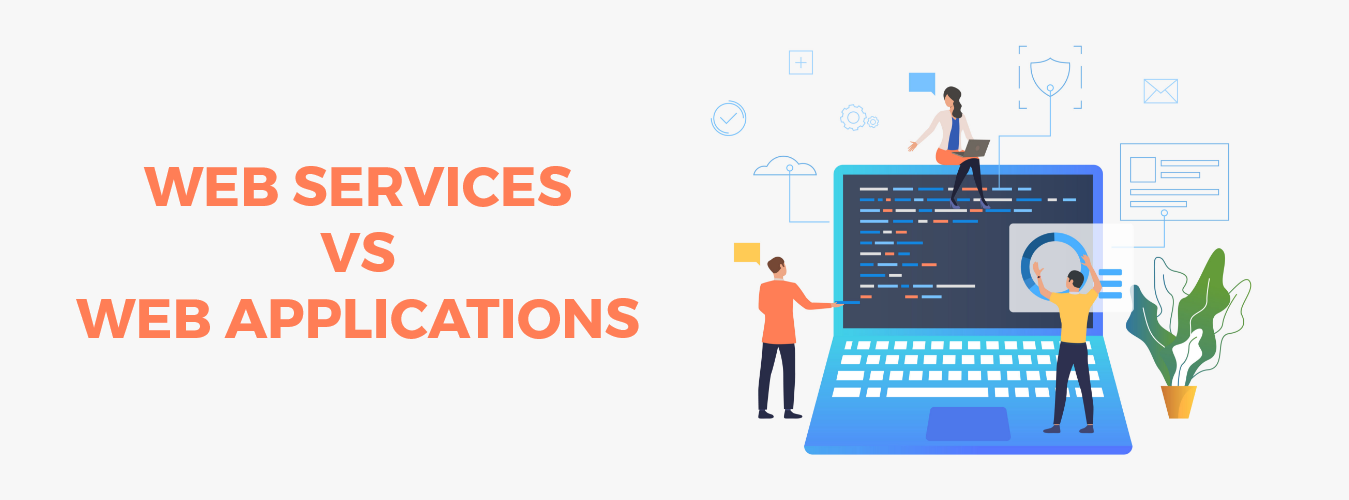The web development life cycle is a crucial framework that aids programmers in producing online applications of the highest caliber. We recognize the value of using a systematic process while developing web apps as a web development business. The seven key phases of the web development life cycle will be covered in this article, along with an explanation of how they can be used to produce effective web applications.
Crafting Your Ideal Mobile App/Experience Starts Here!
Ready to elevate your business? Your custom app is just a click away.
Yes Let’s goIntroduction to Web Development Life Cycle
The web development life cycle is the procedure that details the various steps involved in developing a web application. It is a systematic strategy that aids developers in producing high-caliber web applications that satisfy their customers’ expectations. Seven crucial processes are included in the web development life cycle, which is utilized to construct web applications. Planning, requirement analysis, design, mockups, development, testing, and deploymentare included in this process.
Understanding the 7 Essential Steps of Web Development Life Cycle
Step 1: Planning
The planning phase of the web development life cycle is the initial stage. Developers collaborate with clients throughout this phase to determine the project’s objectives and needs. This stage is crucial since it aids in developing the project’s roadmap. The project’s timetable, budget, and scope are all listed in the roadmap.
Step 2: Requirement Analysis
The second stage of the web development life cycle is the requirement analysis stage. This phase is crucial since it aids in developing a clear knowledge of the project needs among developers. Developers and clients collaborate throughout this stage to determine the features and functionality needed for the web application. Developers also identify the technological needs for the project.
Also Read: Top 10 Frameworks for Web Applications
Step 3: Design
The third step of the web development life cycle is the design phase. Custom application development companies develop the web application’s design at this stage. The layout, color palette, and user interface all fall under the design category. This step is crucial because it enables developers to design a user-friendly, aesthetically pleasing web application.
Step 4: Mockups
The essential tool for web/UI designers is a website mockup. There is no better method to demonstrate how a website design would seem on a browser than by building a mockup of the website. However, that is not the only use for website mockups. They enhance the efficiency of a CTA banner in a blog post or article, add visual appeal to an email header, and elevate a promotional graphic for the debut of a website or online app.
Step 5: Development
The fourth step of the web development life cycle is the development stage. This phase is crucial since it aids in the development of the web application’s functionality. Developers start writing the web application’s code at this stage.
Step 6: Testing
The fifth stage of the web development life cycle is testing. Custom application development company test the web application at this stage to ensure it adheres to the project’s specifications. Before the web application is made available to the general public, this stage is crucial since it enables developers to find any problems with it.
Step 7: Deployment
The sixth stage of the web development life cycle is deployment. Developers deliver the web application to the server at this point. This step is crucial because it guarantees that the web application is accessible to everyone.

Benefits of Following the Web Development Life Cycle
There are many advantages to following the web development life cycle. It aids programmers in producing web apps of superior quality that satisfy users. Additionally, it aids in creating a project roadmap, which guarantees that the project will be finished on schedule and within budget. The online application’s high quality is ensured by following the web development life cycle, which also makes it easier to spot any problems with the web application before they are made public.
Challenges in Custom Web Application Development
Because developers must create web applications that specifically address the needs of their customers, developing custom web applications can be difficult. Developing a custom web application requires a full comprehension of the project’s needs, which can take some time. Because it requires developers to create web applications that are scalable and flexible, custom web application development can be difficult.
Also Read: Web App Development: 7 Steps to Creating Amazing Apps
Best Practices for Successful Web Development
Adherence to best practices for web development to succeed is critical. A few best practices include clearly grasping the project’s needs, developing a project roadmap, and extensively testing the web application before it is made available to the general public. Additionally, it’s critical to check that the web application is user-centered, flexible, and scalable.
Latest Trends in Web Development
To ensure that your web applications are current and relevant, keeping up with the latest web development trends is critical. Numerous web development trends are worthwhile taking into account. The employment of chatbots, artificial intelligence, and progressive web applications are a few of these developments. To ensure that
Conclusion
The web development life cycle is a crucial framework that aids programmers in producing online applications of the highest caliber. Web application developers may design web apps that satisfy the expectations of their customers by following the seven main steps of the web development life cycle. Although creating custom web applications can be difficult, success can be increased by using best practices. Ensuring your web apps are current and relevant may also be accomplished by keeping up with the most recent web development trends. Developers may produce high-quality web apps that satisfy the expectations of their customers by adhering to the web development life cycle, and best practices.
Crafting Your Ideal Mobile App/Experience Starts Here!
Ready to elevate your business? Your custom app is just a click away.
Yes Let’s go







